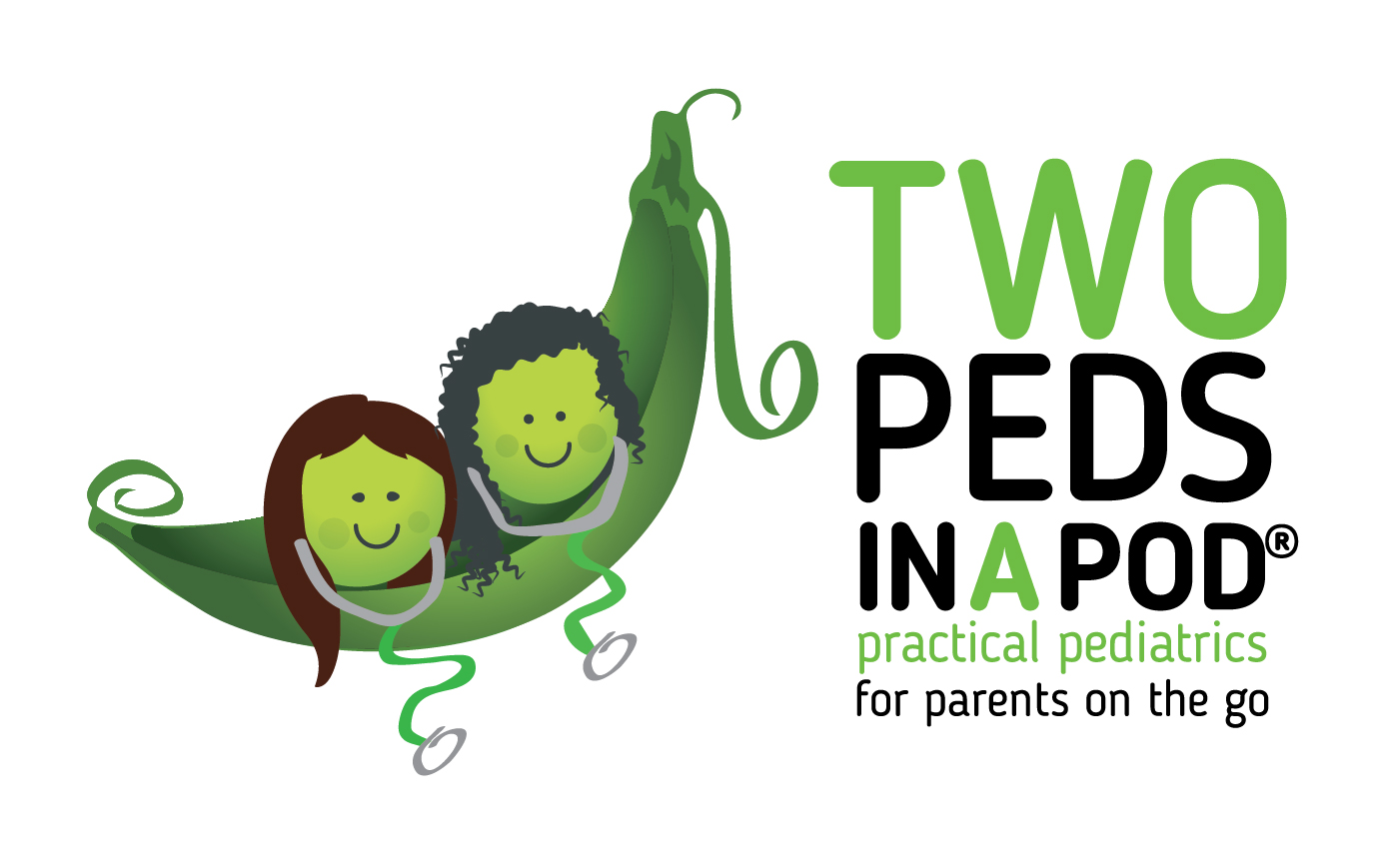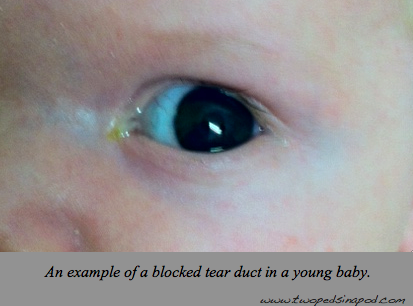Dr. Lai and her husband had a running debate about when to replace kitchen sponges. Today we thank guest blogger Dr. Karina Martino, Food Safety Engineer, for exposing the germs in our kitchens. We certainly learned a lot, and Dr. Lai’s husband lost a bet.
Naline Lai, MD and Julie Kardos, MD
 WHO’S THE WORST OFFENDER IN THE KITCHEN???
WHO’S THE WORST OFFENDER IN THE KITCHEN???
The winner is…….the kitchen sponge (and dishcloth)! The next worst offender is your kitchen sink. This is where vegetarians have a definite advantage since they don’t bring raw meat into their homes. There’s less chance of E. coli and Salmonella spreading, but vegetarians still have to be on the lookout for viruses and parasites.
What are the kitchen’s hot germ zones?
In descending order by highest bacterial count, these are:
1. Sponges and dishcloths
2. Sink drain area
3. Faucet handles
4. Cutting boards
5. Refrigerator handles
Here are simple steps that you can follow to create a healthier kitchen environment:
Dip sponges after every use in dilute sanitizer water (1 teaspoon bleach per quart of water); boil them for 3 minutes on a weekly basis.
• Change dish cloths daily, especially after wiping up raw meat juices.
• Wash sinks with hot soapy water prior to food preparation and before washing dishes.
• Wipe down refrigerator handles daily with dilute sanitizer water.
• Choose non-porous cutting boards that are easy to clean.
• Avoid rinsing raw meats. It contaminates the sink. If you cook meat at the correct temperature for enough time, bacteria on raw meat will be killed.
When we are handling food products everything in the kitchen must be clean, especially ourselves. It is vital to wash our hands with soap and hot water for at least 20 seconds before handling any food product. Each time you re-enter the kitchen from outdoors or any other place in the house where you might have contaminated your hands, you should wash your hands again.
Clean clothing, including aprons, is also an important part of personal hygiene. Dirty clothes and dish towels are a good place for bacteria to hide and grow. Sneezing and coughing spreads germs from our lungs, throats, and noses. When handling food, we must control the spread of germs from these natural occurrences by covering our mouths with disposable tissues and then rewashing our hands.
While the Centers for Disease Control (CDC) provides information about illness from food in homes, it does not yet offer statistics about how many people become ill from their kitchen sponges. However, here are some facts for you to keep in mind:
• The kitchen environment can be more heavily contaminated with fecal bacteria (those bacterial species associated with feces) than the bathroom, suggesting that the risk of spreading infection in the home may be highest in the kitchen-the area in the home where food is prepared.
• Microbiological surveys of domestic kitchens have found significant contamination from a variety of bacterial contaminants, including E. coli, Campylobacter, and Salmonella.
• Pathogenic organisms (germs that cause disease) have been shown to be introduced in the home by people, food, water, pets and insects.
• The domestic kitchen is not used only for food preparation, but may serve as a laundry, a workroom, and a living area for family pets. Each of these functions can serve to introduce bacterial contamination into the kitchen environment.
Moreover, research focusing specifically on the kitchen environment has found:
• 67% of kitchen sponges may be contaminated with fecal bacteria
• Contaminated cloth towels serve to transfer bacteria to dishes during drying
• 82% of sink faucet handles are contaminated during food preparation
• 60% of people do not wash the cutting board after cutting raw meat or poultry and before cutting fresh vegetables for salads
• 9% do not wash the work surface at all after cutting raw chicken
So, please don’t duplicate these mistakes! The next time that you get ready to do your dishes with your six-month-old sponge… think again!… either toss it or get your Clorox immediately!
Karina G. Martino, PhD
Dr. Martino received her Masters degree and her PhD in Food Safety Engineering from Michigan State University. A former professor at University of Georgia, she now has her own consulting business (www.kgminnovations.com) and is the mom of two children.
©2011 Two Peds in a Pod®
 As a new year rolls around and our pockets start to feel empty after the holidays, we look back at an older post for ways to penny-pinch without short-changing your kids: Save money: How to penny pinch without hurting your children. And whether your children receive gift cards, gelt, or cash gifts this season, we direct you to the popular post Teaching kids money smarts for ideas on how to help them manage their new stash.
As a new year rolls around and our pockets start to feel empty after the holidays, we look back at an older post for ways to penny-pinch without short-changing your kids: Save money: How to penny pinch without hurting your children. And whether your children receive gift cards, gelt, or cash gifts this season, we direct you to the popular post Teaching kids money smarts for ideas on how to help them manage their new stash. 



 Your toddler wakes from his afternoon nap a tad grumpy and with flushed cheeks. You grab your thermometer and see that his temperature is… 104F! But, because you have read our prior posts about fever
Your toddler wakes from his afternoon nap a tad grumpy and with flushed cheeks. You grab your thermometer and see that his temperature is… 104F! But, because you have read our prior posts about fever 



 Pertussis is “whooping cough,” also known as the “100 day cough.” In children and adults, the disease starts out looking like a garden-variety cold, complete with runny nose, runny eyes, and mild cough. Sometimes fever is present, sometimes not. However, after a few days, coughing spasms emerge – severe, persistent coughing spasms that go on and on and on. In between coughing fits, children may appear okay.
Pertussis is “whooping cough,” also known as the “100 day cough.” In children and adults, the disease starts out looking like a garden-variety cold, complete with runny nose, runny eyes, and mild cough. Sometimes fever is present, sometimes not. However, after a few days, coughing spasms emerge – severe, persistent coughing spasms that go on and on and on. In between coughing fits, children may appear okay. 
 If you live on the East Coast of the United States, you were bombarded today by a surprise pre-Halloween snowstorm. Now that we have our power back, we thought we’d share with you a few posts we were
If you live on the East Coast of the United States, you were bombarded today by a surprise pre-Halloween snowstorm. Now that we have our power back, we thought we’d share with you a few posts we were